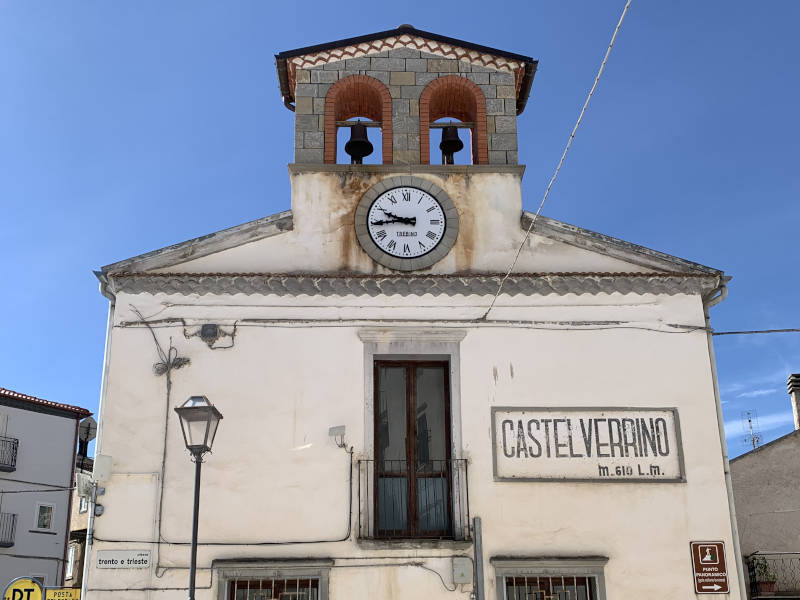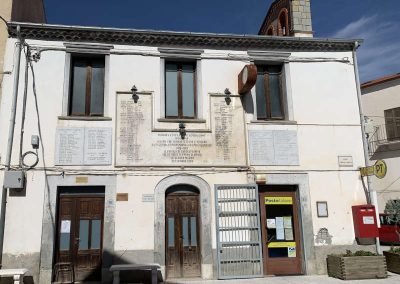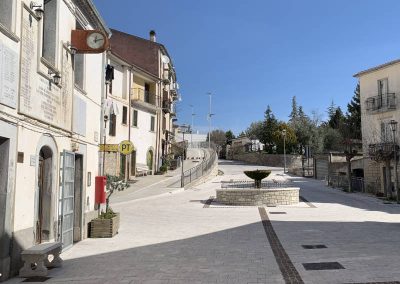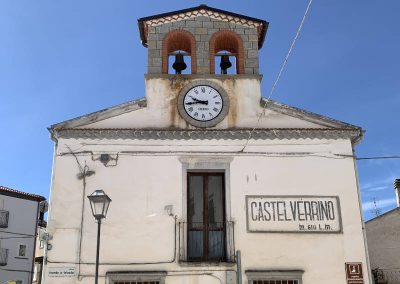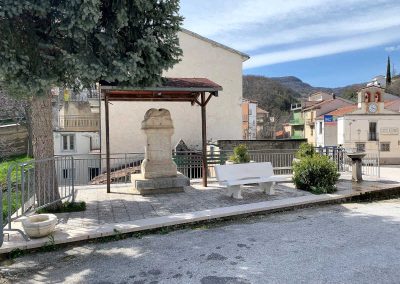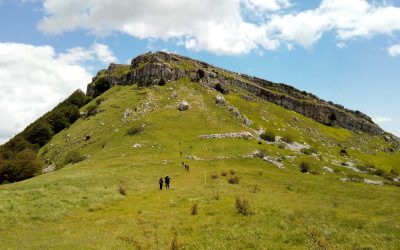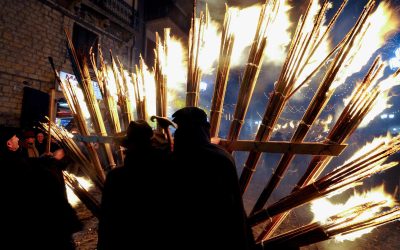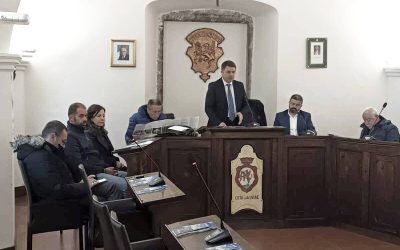Castelverrino
Molise
Castelverrino
Castelverrino,“Castelluccio in verrino,” is among the smallest municipalities in Molise in terms of number of inhabitants but with breathtaking charm because of its location in the deep valley that characterizes the gorges of the verrino, the river from which the village takes its name. Wildly charming because of its overhanging location, its historic center of stone houses and portals gathers around the parish church dedicated to Saints Simon and Jude. A destination for religious tourism is the church of Santa Lucia, which overlooks along the banks of the Verrino River.
Castelverrino is, still, a miracle of the Apennines. Although its inhabitants number less than a hundred, they still live stubbornly and proudly in the tiny Molise municipality, the smallest in the province of Isernia. Wonderfully vital in summer, when so many fellow citizens and new residents, including foreigners, return to their small mountain homes, it gives breathtaking scenery to those with the patience and curiosity to discover realities outside the commonplace. Castelverrino stands firmly on its mountainous promontory, which can be admired from a vantage point on Sandro Pertini Avenue.
Its wild physiognomy and the maze of narrow streets in the historic center hint at the origin of its ancient name, Castelluccio d’Agnone. At times, the Middle Ages look out of the doorways of the bare stone houses, look out of the tiny windows stretching to the top. Although in the old town many of the houses are inhabited only in summer, a thick layer of plaster protects them from winter’s rigors.
The parish church of Saints Simon and Judas is accessed from the tiny Piazza Dante, which is also overlooked by the baronial palace, transformed over the centuries into a private residence.
It is very pretty Trento and Trieste Square, with the small postal building and the round fountain. A short distance away, a Roman-era funerary stele, which graces the entrance to the square, commemorates important ancient presences in the area. The modern rural church of St. Lucy in Verrino, on the banks of the river, is a pleasant resting place for those who would like to take advantage of the picnic area nearby.
Castelverrino was built on a rocky outcrop geologically defined as the Agnone flysch. Flysch is a set of overlying sedimentary deposits that generally form in the marine environment. In this case, these are steeply sloping sandstone banks and layers that form the side of a small gorge (ravine), Vallone La Rocca, carved by a tributary of the Verrino River.

Discovering the Way of the Country Churches at Easter and Easter Monday
In Italy there are many itineraries for walk and live " slow ", the Cammino delle Chiese Campestri...
The long bridge of Immaculate Conception in Upper Molise, among culture, traditions and nature
The December 9, 2023 , the 'Ndocciata, Italy's most evocative fire-related event, will be...
Nature trails in Upper Molise, presented the project of the Countryside Churches Trail
From the partnership between 9 municipalities of Upper Molise, Agnone, Belmonte del Sannio,...
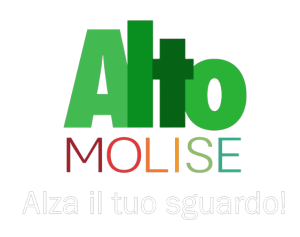

The “Walk of the Country Churches” is an outdoor trail of about 90 kilometers connecting 9 historical centers e 15 small churches scattered throughout the territory ofAgnone, Belmonte del Sannio, Capracotta, Castel del Giudice, Castelverrino, Civitanova del Sannio, Pescopennataro, Poggio Sannita e Sant’Angelo del Pesco.
© The Way Of The Country Churches | Project | Credit | Privacy Policy | Cookie Policy | Contact
INITIATIVE FUNDED BY THE FEASR – European Agricultural Fund for Rural Development – PSR Molise Region 2014 – 2020

